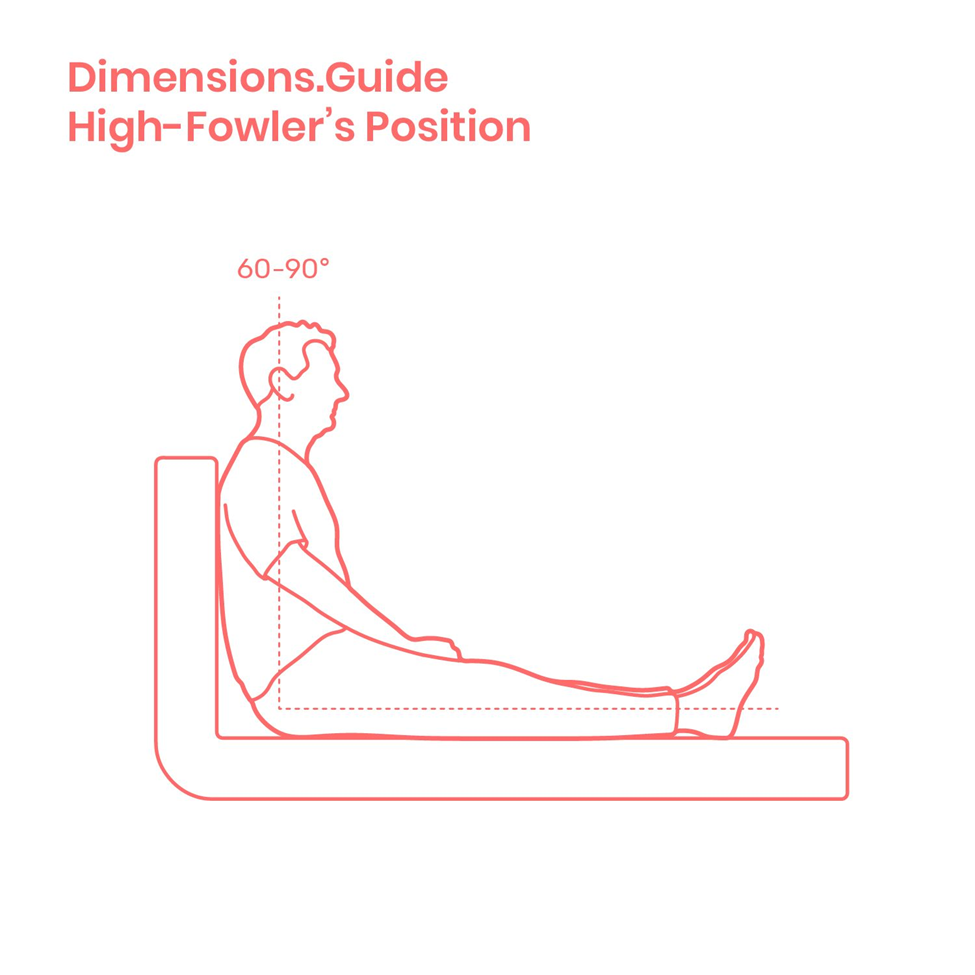The nurse is admitting a patient with a suspected tuberculosis infection. Which type of isolation should the nurse institute for this client?
Droplet
Enhanced contact
Airborne
Neutropenic
The Correct Answer is C
A. Droplet isolation:
Droplet isolation is used for diseases spread by respiratory droplets that are larger than those in airborne transmission. Examples include influenza and bacterial meningitis.
B. Enhanced contact isolation:
Enhanced contact precautions are implemented for patients known or suspected to be infected with pathogens that require additional control measures beyond standard precautions. This may include multi-drug resistant organisms.
C. Airborne isolation:
Airborne isolation is specifically used for diseases that are transmitted through small airborne particles that can remain suspended in the air for an extended period. Tuberculosis is one such example. The use of N95 respirators and negative pressure rooms is common for airborne precautions.
D. Neutropenic isolation:
Neutropenic precautions are implemented for patients with compromised immune systems, particularly those with low neutrophil counts. It involves measures to protect the patient from potential infections.
Nursing Test Bank
Naxlex Comprehensive Predictor Exams
Related Questions
Correct Answer is C
Explanation
A. 30 degrees:
This angle does not meet the criteria for a High Fowler's position, which requires a more upright position.
B. 15 to 20 degrees:
This angle is lower than what is generally considered as High Fowler's position. High Fowler's is a more upright position.
C. 90 degrees:
High Fowler's position involves elevating the head of the bed to 90 degrees. This position is often used for better lung expansion and respiratory function.
D. 45-60 degrees:
While this range is higher than a semi-Fowler's position, it is not as upright as the 90-degree elevation in a High Fowler's position.

Correct Answer is C
Explanation
A. Do not let the patient know you are counting their respirations:
This is not directly related to obtaining vital signs and is not a critical factor for a patient with a low platelet count.
B. Let the patient rest for 5 minutes before you measure their blood pressure:
Allowing the patient to rest for a few minutes before measuring blood pressure is a good practice but may not be as critical as other considerations in a patient with a low platelet count.
C. Do not measure the patient’s temperature rectally:
Patients with low platelet counts are at an increased risk of bleeding. Rectal temperatures can be invasive and carry a risk of mucosal injury, making them less advisable in patients with bleeding risks.
D. Count the patient’s radial pulse for 30 seconds and multiply it by 2:
Counting the radial pulse is a suitable method for assessing heart rate in a patient at risk for bleeding. However, rectal temperature measurement should be avoided due to the risk of mucosal injury.
Whether you are a student looking to ace your exams or a practicing nurse seeking to enhance your expertise , our nursing education contents will empower you with the confidence and competence to make a difference in the lives of patients and become a respected leader in the healthcare field.
Visit Naxlex, invest in your future and unlock endless possibilities with our unparalleled nursing education contents today
Report Wrong Answer on the Current Question
Do you disagree with the answer? If yes, what is your expected answer? Explain.
Kindly be descriptive with the issue you are facing.
